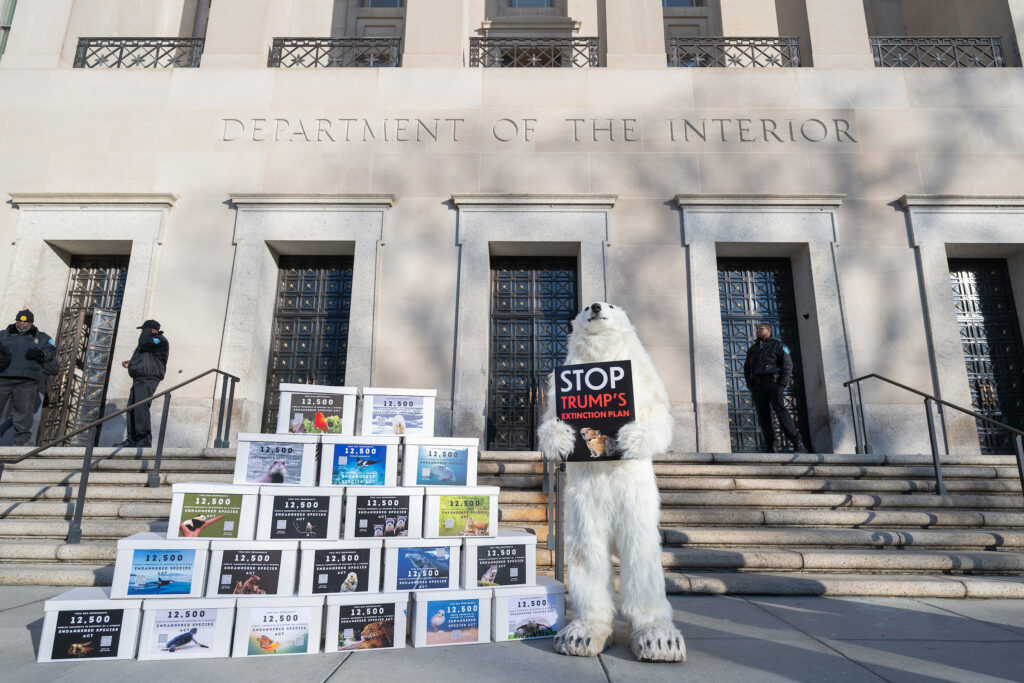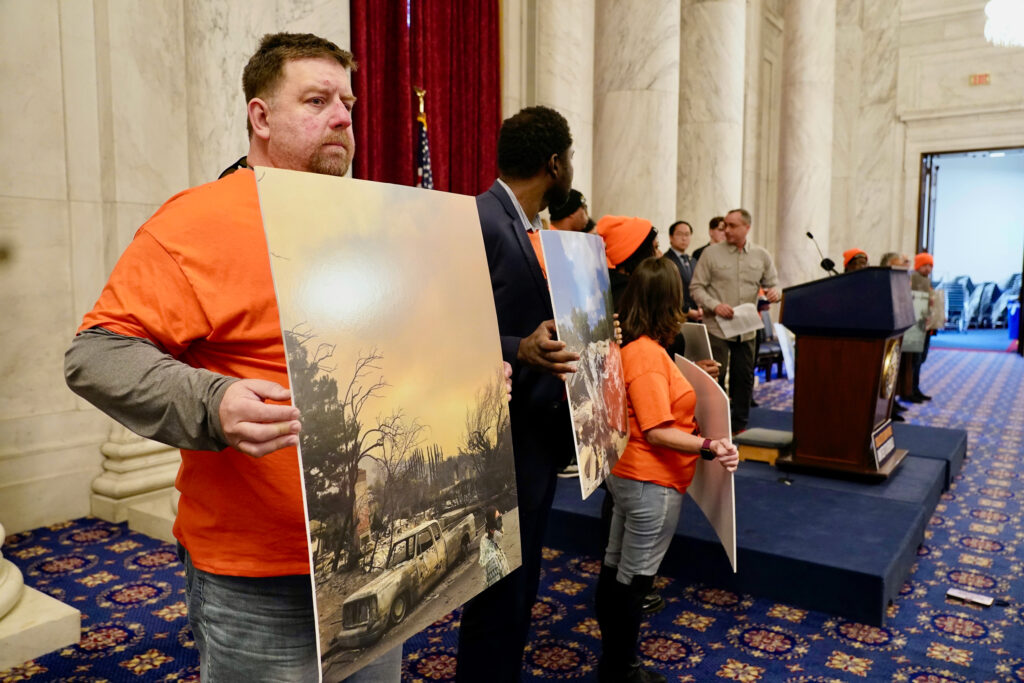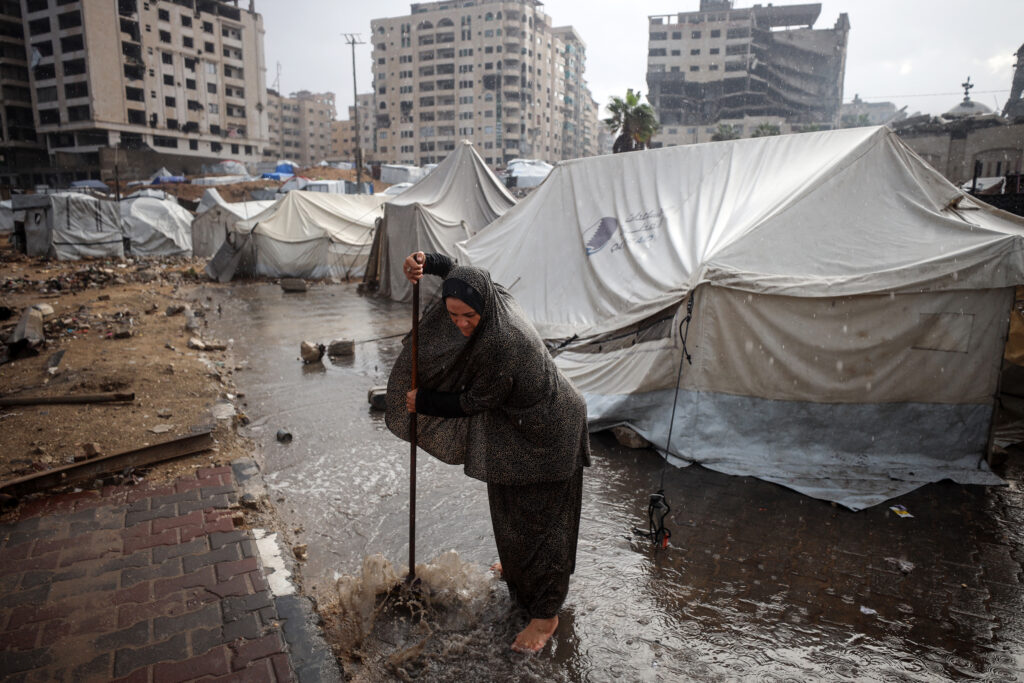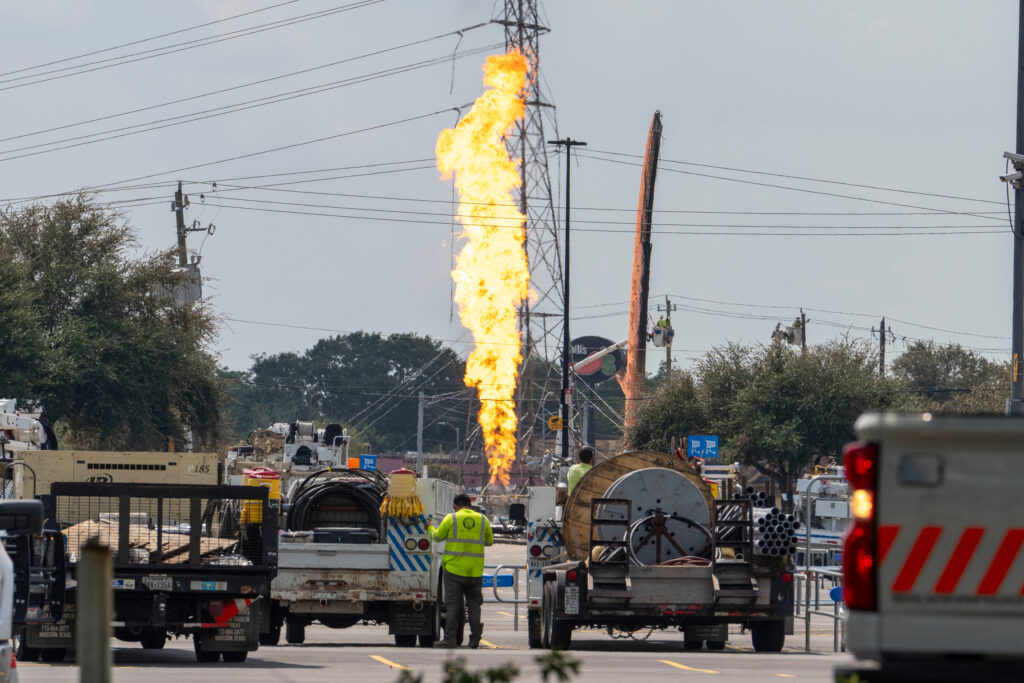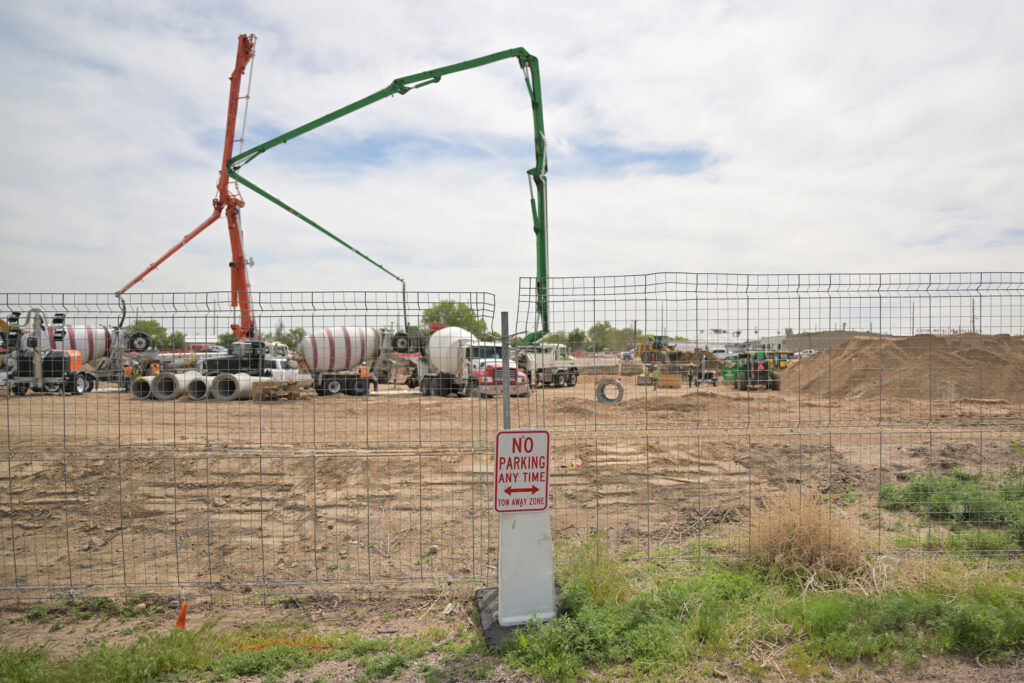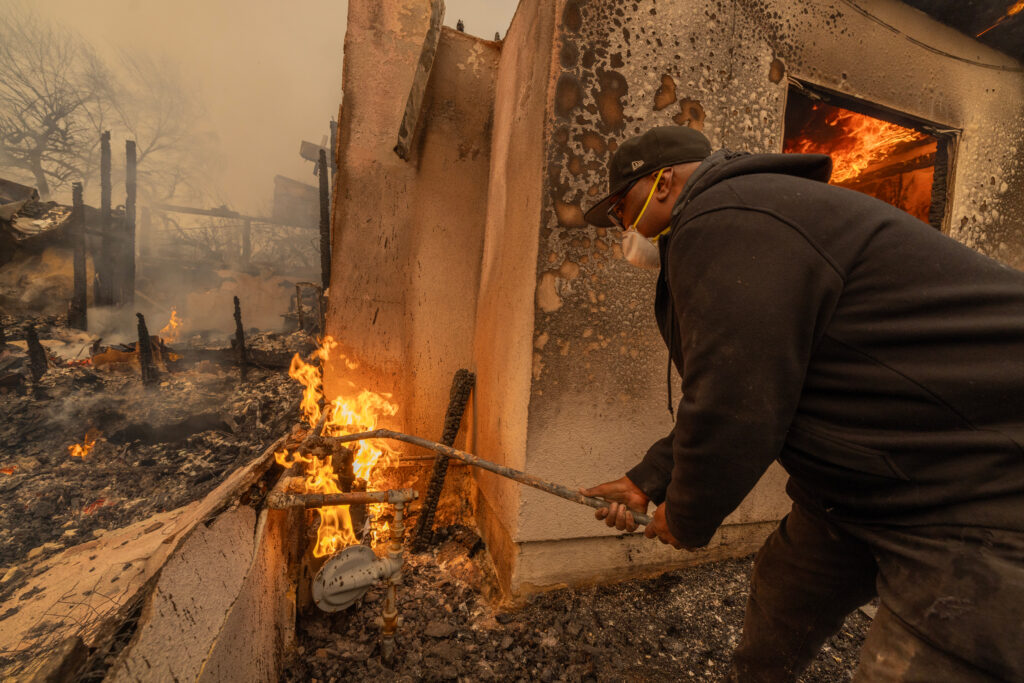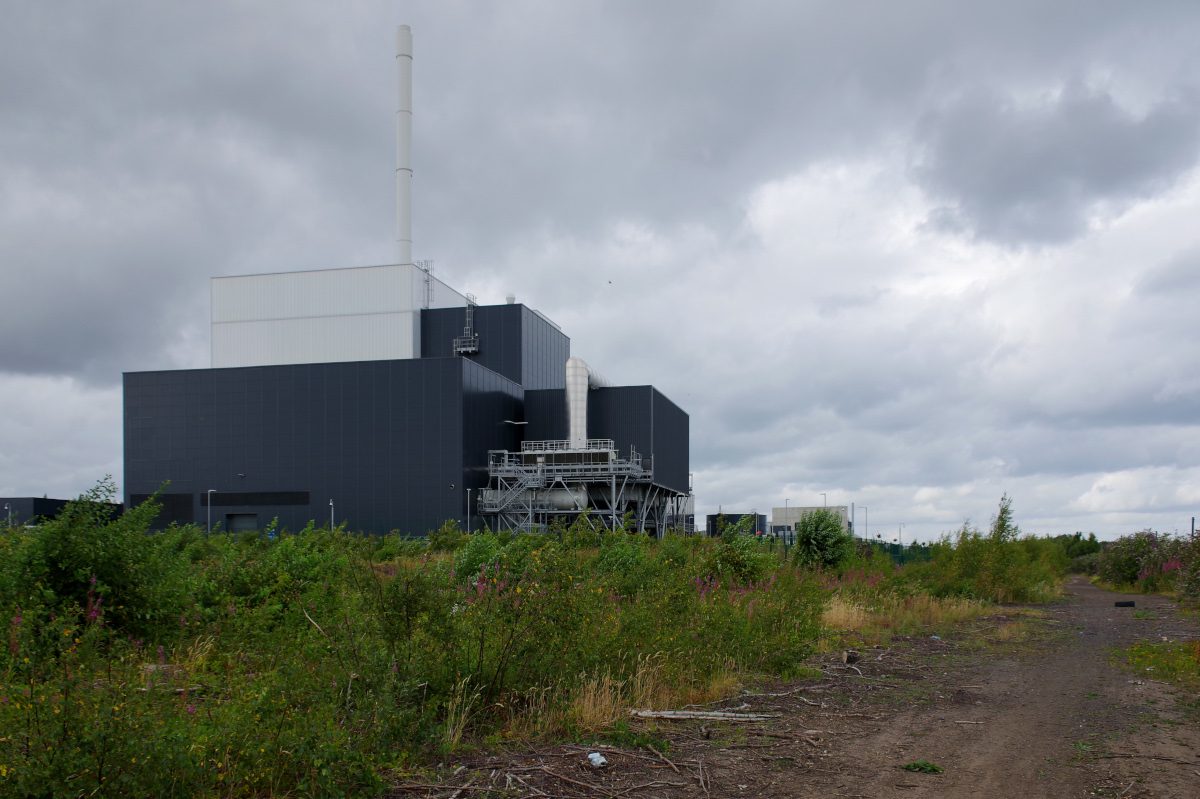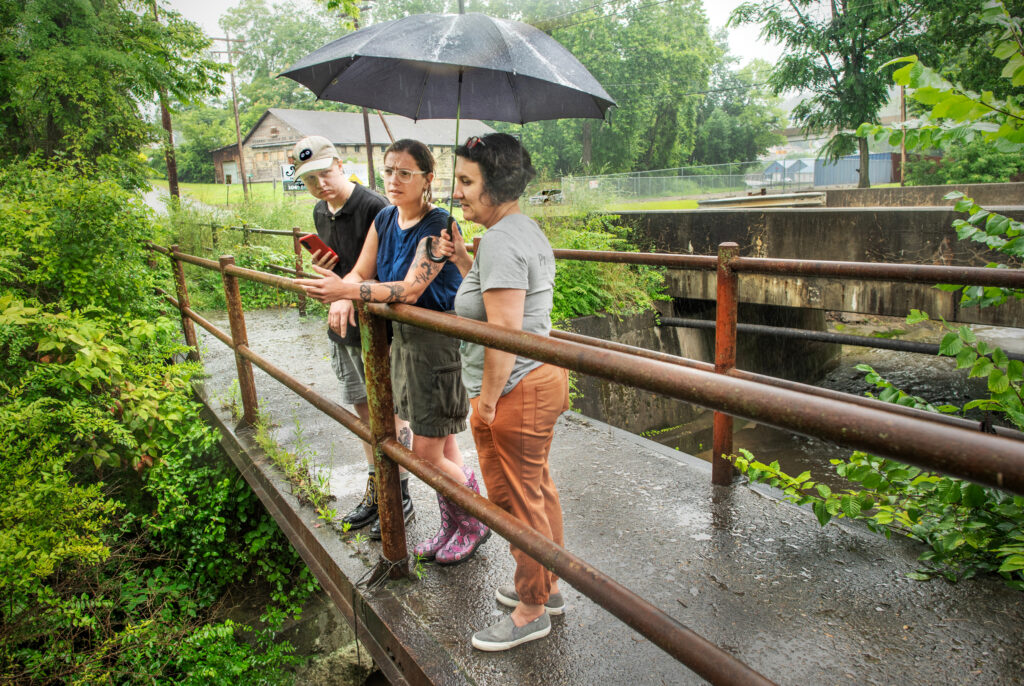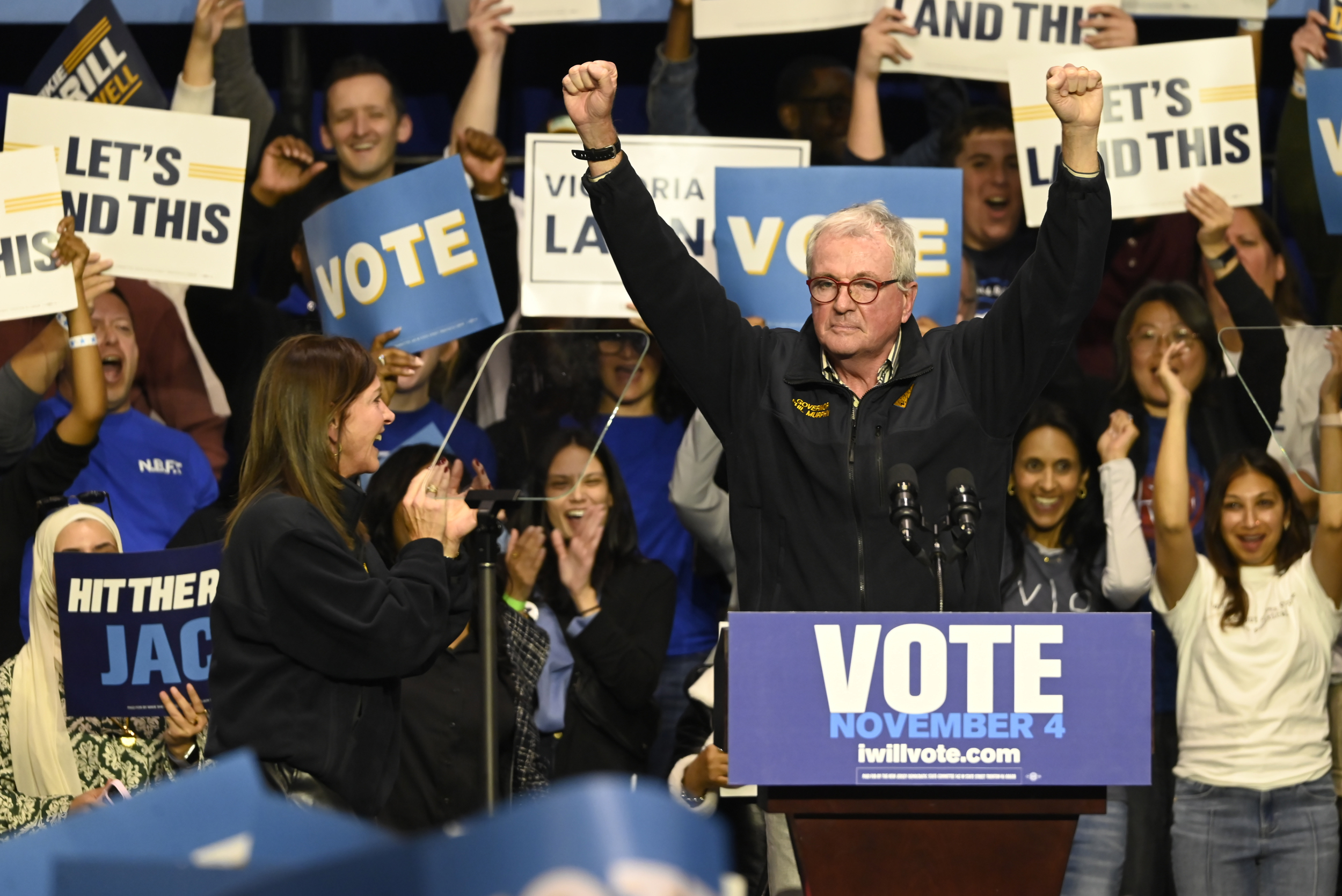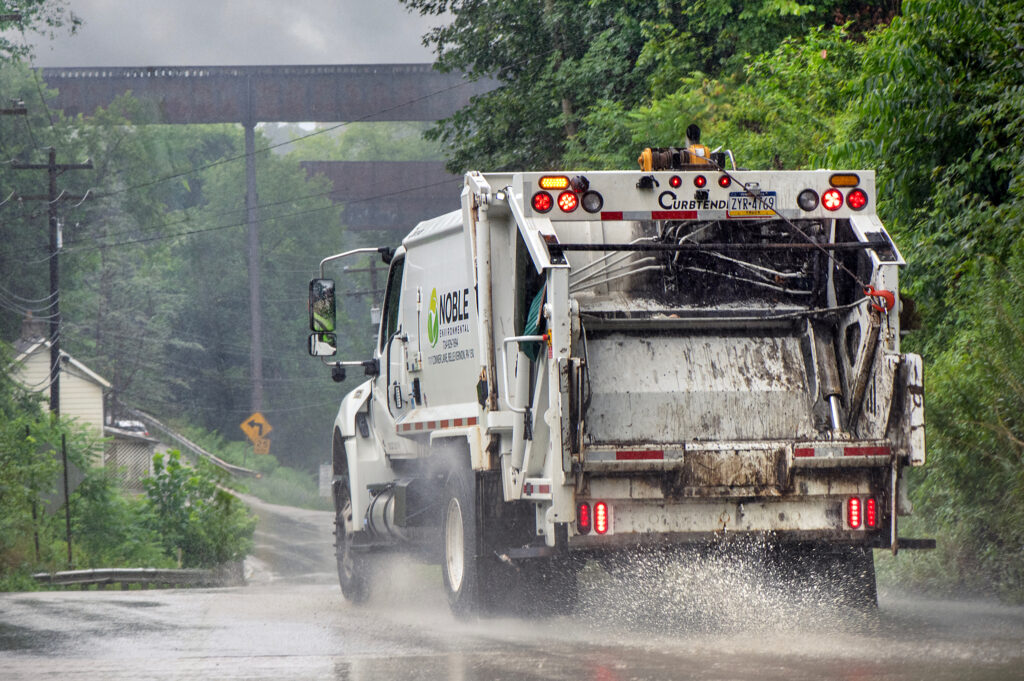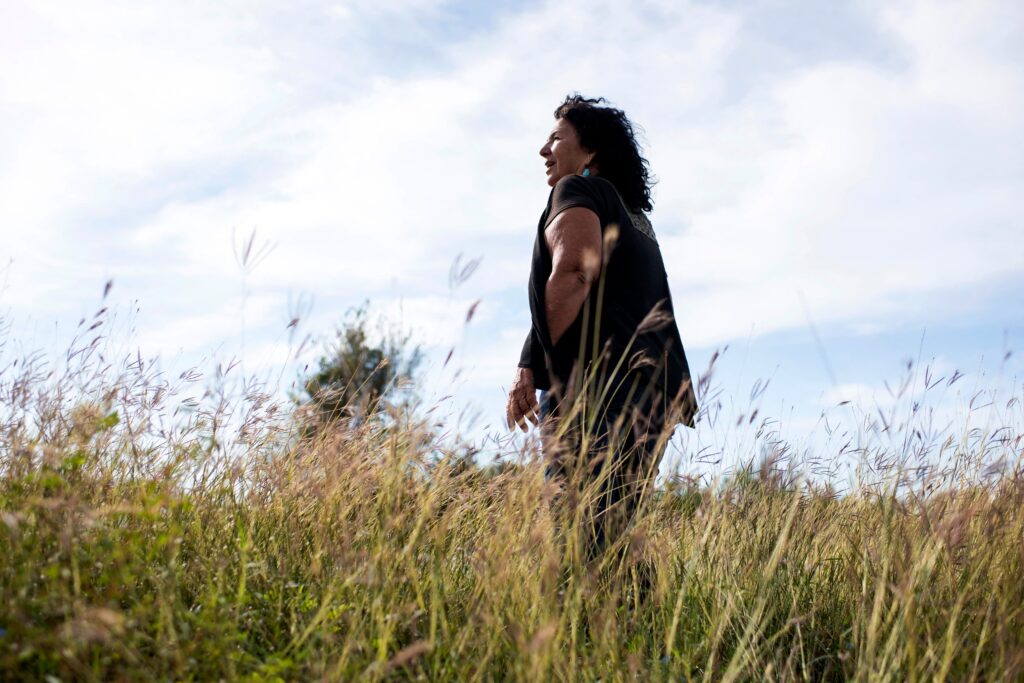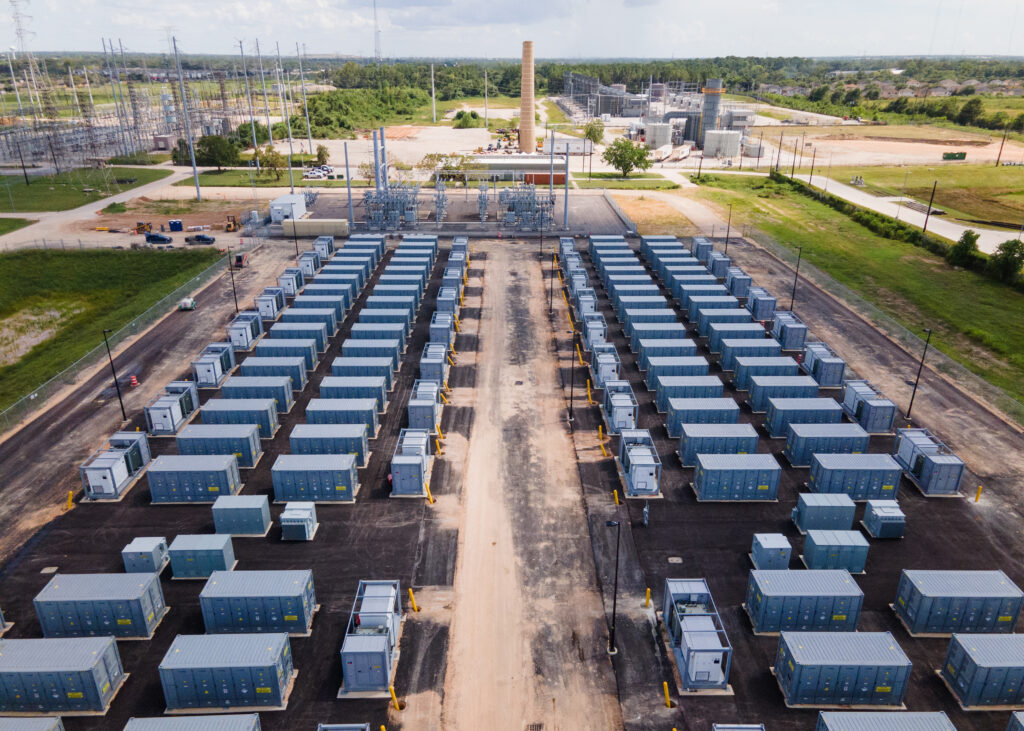CHICAGO—Cheryl Johnson’s perspective on the Hazel Johnson Cumulative Impacts Ordinance is that it’s been a long time coming.
It’s not just the two years that community groups collaborated with the city’s revived Department of Environment to craft the environmental justice ordinance, but also the four decades that she has been doing the work that her mother—the bill’s namesake, who is known as the mother of environmental justice—started at the group called People for Community Recovery.
Neighborhoods already bearing the brunt of pollution are often where companies propose new polluting facilities, a longstanding trend here and nationwide that helps explain why people of color are more exposed to toxic air, water and soil. The new ordinance, which aims to protect communities from more of those cumulative impacts, was introduced in April. Supporters hoped for a quick passage, but instead it was sent to the rules committee, where it remains today in legislative limbo.
Activists aren’t waiting to see if their local representatives will get around to pushing it over the finish line.
We’re hiring!
Please take a look at the new openings in our newsroom.
See jobs
At a meeting last Thursday, dozens of advocates filed into the ground floor of Iron Lab, a former coconut butter factory and now a multipurpose space on the city’s Southwest Side. It is adjacent to the infamous Bubbly Creek, whose century-long environmental abuse was detailed in Upton Sinclair’s “The Jungle.” Environmental organizers urged participants to tell their aldermen, the city’s term for city councilors, to bring the ordinance up for a vote and enact it.
“We would love to hear your stories, because we need to really engage our elected officials and say, ‘Hey, enough is enough,’” said Myrna Salgado-Romo, network manager for the Chicago Environmental Justice Network. “We’ve never had this process before, it’s something that’s really going to start to help us, and we’re excited.”
The process she’s talking about is the heart of the bill: If a company wants to locate in a neighborhood that is in an industrial corridor or otherwise overburdened with pollution, it would have to complete what would be called a cumulative impacts assessment and undergo review by an advisory board set up to consider health and environmental impacts for local residents.
If the ordinance passes, Salgado-Romo said, “you actually have to take into consideration the changes of the environment, the changes of the climate, the changes of the city, and this should have already been in this [zoning] process.”

The history of what led to the proposed ordinance is decades-long, but a key turning point was a community fight to stop a metal scrapper from relocating to the polluted Southeast Side. The U.S. Department of Housing and Urban Development, responding to a civil-rights complaint about the matter, said in 2022 that the situation was part of a “broader policy of shifting polluting activities from White neighborhoods to Black and Hispanic neighborhoods” in Chicago. Under federal anti-discrimination law, the city had to reform its policies.
At the tail end of then-Mayor Lori Lightfoot’s term in 2023, the city settled that investigation, agreeing to begin creating a cumulative impacts framework to assess future projects.
That was during the Biden administration, which prioritized environmental health and addressing racial disparities that turn some neighborhoods into sacrifice zones. The Trump administration has taken a sharply different tack, clamping down on environmental justice efforts and other anti-discrimination measures. That means supporters of the Hazel Johnson Cumulative Impacts Ordinance can’t count on pressure from the federal government to get the bill passed.
The bill will stall out in the rules committee if it can’t get enough support to schedule it for a vote. It needs 26 votes to send it to the full council. Environmental activists are trying to ensure that happens sooner rather than later.
“All of Us Sitting at the Table”
The bill’s name recognizes Hazel Johnson’s legacy because she was calling attention to inequitable and racist pollution decades before government officials picked up the banner.


“She wanted to educate the community about it and seek government responsibility,” Cheryl Johnson said. Through permits, zoning and other such processes, it’s the government, she said, that allows polluting facilities “in communities, and particularly communities of color, and targeting the South and West Side for many, many decades, and not telling people the risk that was associated with it.”
“Any new development that comes in, new industries that come in our neighborhood, we need to set standards and processes that they have to go to to make sure that we ain’t overburdening [the] community with environmental toxins,” said Johnson.
As community advocates push for the bill’s passage, they say it could be a model for other places.
“I think that this ordinance has the potential to become a historical blueprint for the city of Chicago, but also for the rest of the state and many other areas of the nation,” said Alfredo Romo, executive director of Neighbors for Environmental Justice, a local group fighting for equal access to a healthy and sustainable community and environment.
Chicago created a cumulative impact assessment in 2023. The ordinance, Romo noted, would mandate that it be regularly updated, information “that can really help us obtain not only the quantitative data, but also the lived experiences of these communities, and to really use it as a guide to address environmental justice issues.”


This comes two years after Minnesota passed a law addressing cumulative impacts and five years after New Jersey’s landmark law on the same issue. While Newark and California have programs to address cumulative impacts, Chicago’s would go a step further by creating an advisory board made up of community members and advocates to review new permit proposals.
Chicago Department of Environment Commissioner Angela Tovar said the city collaborated with Newark legislators while crafting the Chicago ordinance. Local community groups and residents played an active role as well, said Ellis Walton, associate attorney at the Environmental Law and Policy Center.
That’s one reason the legislation wasn’t introduced sooner: The city’s Department of Environment spent time finding out what affected people wanted to see.
This story is funded by readers like you.
Our nonprofit newsroom provides award-winning climate coverage free of charge and advertising. We rely on donations from readers like you to keep going. Please donate now to support our work.
Donate Now
“It took a lot of sweat equity, a lot of growing pains, to make this happen,” said Johnson. “All of us sitting at the table, we made it happen. So that’s a good thing, because this table was not available in the past.”
Last week’s community advocacy meeting about the ordinance took place a mile away from manufacturer MAT Asphalt, a facility that residents have been fighting for years. Salgado-Romo referenced that during the discussion.
“It’s too late for us now with MAT Asphalt, but going forward, we’re hoping that we can prevent this from happening in neighborhoods, and that they take the cumulative burden and the cumulative impacts into consideration before giving them a permit,” she said. “Because it’s not okay for our babies that are 3, 4 years old or elderly who are having difficulty breathing to have to deal with this on a daily basis.”
The Southeast Environmental Task Force was among the groups behind the civil-rights complaint that led to the city proposing the ordinance. Óscar Sanchez, co-executive director of the task force, called the complaint a last-ditch effort to stop more polluting facilities locating in their neighborhoods. It’s been incredible for him to watch legislation come from that, he said.
But passing it can’t be all the city does, he added.
“We need the enforcement, we need the implementation, we need to ensure that we can uphold the current operations we have, and also push forward these because we see how there’s rapid industry coming to our communities,” said Sanchez.
That industrial push, everything from warehouses to mines, puts economics and health at odds, he said.
“We have no choice but to say yes because we are facing economic challenges, and to make community members pick between their health and income—that should not be a question, because they end up paying the price,” he said.
About This Story
Perhaps you noticed: This story, like all the news we publish, is free to read. That’s because Inside Climate News is a 501c3 nonprofit organization. We do not charge a subscription fee, lock our news behind a paywall, or clutter our website with ads. We make our news on climate and the environment freely available to you and anyone who wants it.
That’s not all. We also share our news for free with scores of other media organizations around the country. Many of them can’t afford to do environmental journalism of their own. We’ve built bureaus from coast to coast to report local stories, collaborate with local newsrooms and co-publish articles so that this vital work is shared as widely as possible.
Two of us launched ICN in 2007. Six years later we earned a Pulitzer Prize for National Reporting, and now we run the oldest and largest dedicated climate newsroom in the nation. We tell the story in all its complexity. We hold polluters accountable. We expose environmental injustice. We debunk misinformation. We scrutinize solutions and inspire action.
Donations from readers like you fund every aspect of what we do. If you don’t already, will you support our ongoing work, our reporting on the biggest crisis facing our planet, and help us reach even more readers in more places?
Please take a moment to make a tax-deductible donation. Every one of them makes a difference.
Thank you,



